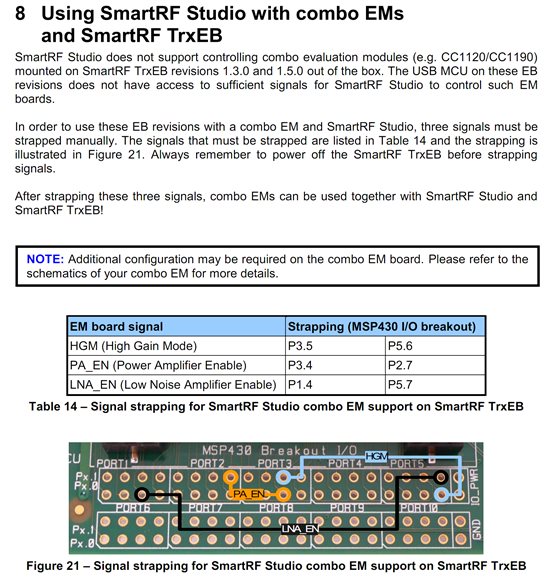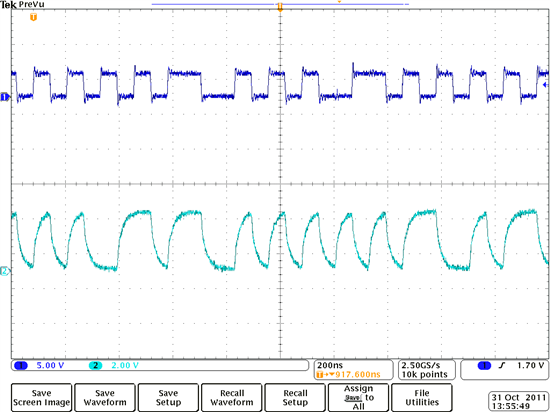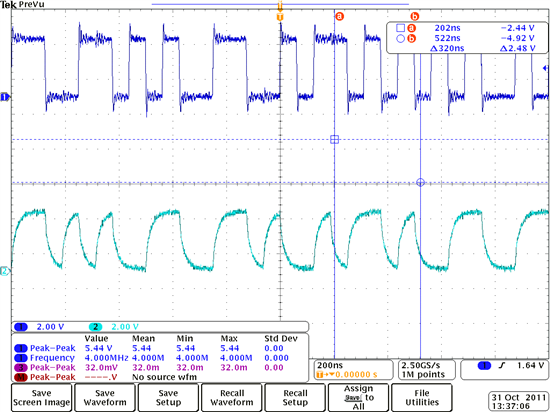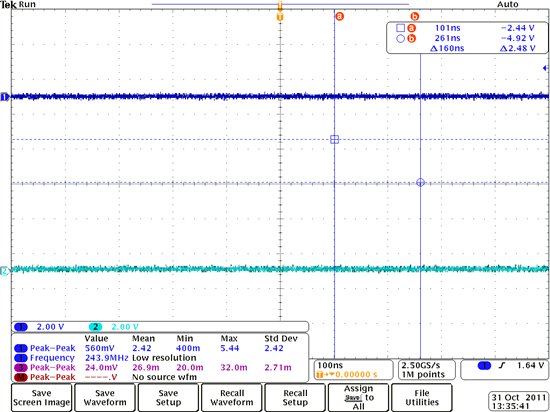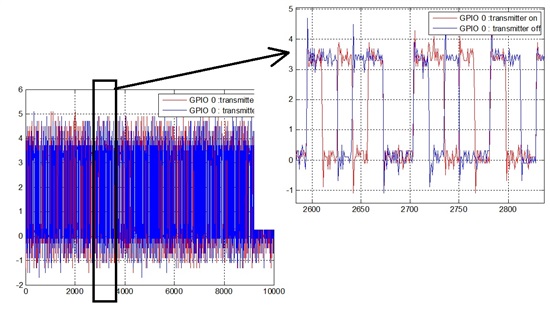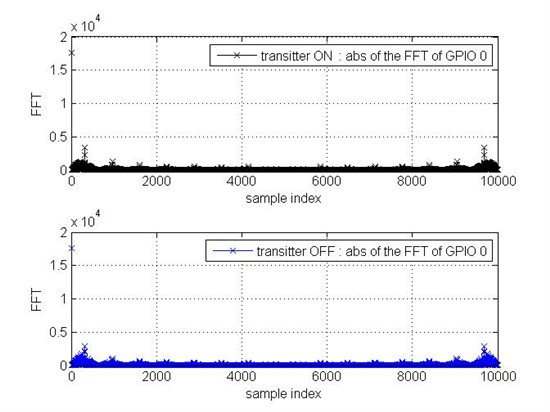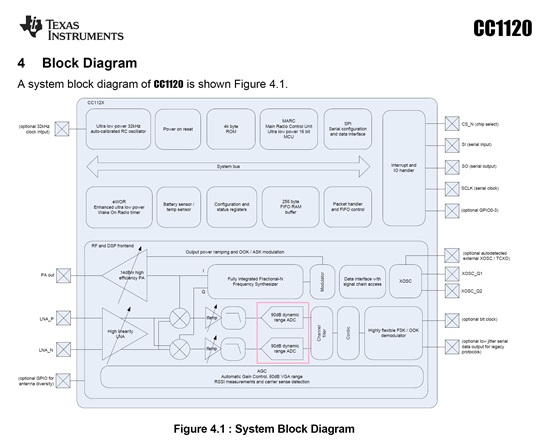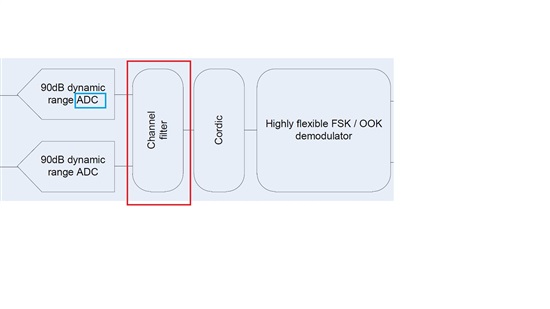Hi
I have been looking for some RF chip (such as CC series .... or some other one) that can do multiple orthogonal signals separation.
For example, for the RFID application,
tag A (using an RF chip) to send signal A
tag B (using an RF chip) to send signal B, and A is orthogonal to B (probably A and B is CDMA signals)
reader C (using THE RF chip that can separate orthogonal signals) can give output of A and B separately.
Do you know about , any RF chip can do this ?
As far as I know, its seems that the CC seriers do not provide this function (am I right ?)
Thank you very much
Bob




